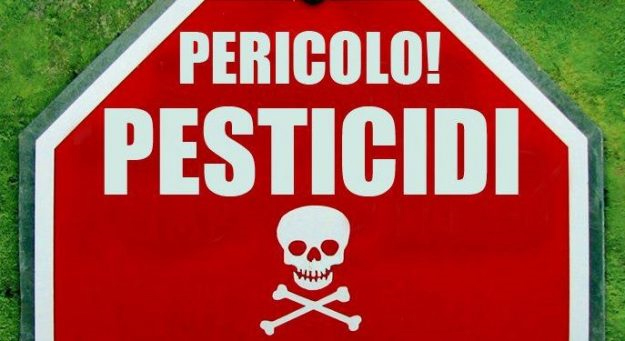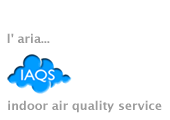Description
Pesticides are substances used to prevent, remove or kill an insect, mushroom, rodent, weed, etc.. Include a large and diversified group of substances that can be classified into several categories depending on the explicit action: stand out, For example,, insecticides, fungicides, herbicides, rodenticides, larvicide, the repellents, disinfectants. Pesticides can be simple inorganic substances such as sulfur, chlorine, arsine, copper arsenic, potassium bromide, or organometallic compounds, or volatile organic compounds (VOC) as carbon tetrachloride, methyl bromide, naphthalene, or semivolatile organic compounds (SVOC) as pentachlorophenol, Diazinon, Finally, non-volatile organic compounds (NVOC). The most common pesticides are represented mainly by semivolatile organic compounds (SVOC) SVOCnon-volatile organic compounds (NVOC).NVOC
Sources
Pesticides are used in many household products, For example,, to preserve the wood, apartments and plant protection, in the kitchen, in products for cleaning and disinfection. A source outdoor can consist of products for garden containing pesticides.
Legislation/Standards
While use in agriculture is strictly regulated, indoor environments there is no regulation.
Health effects
The effects are dependent on the active ingredients in pesticides and their proper use. In General may include headache, dizziness, muscle contractions, weakness, tingling, nausea, eye irritation, nose and throat; chronic exposure may cause damage to the central nervous system, liver and kidney. Certain pesticides were classified as probable or possible carcinogens.
Control measures
Correct use of pesticides following the instructions of the manufacturer; applying the right amount; increased ventilation during and after use; alternative systems, whenever possible.







